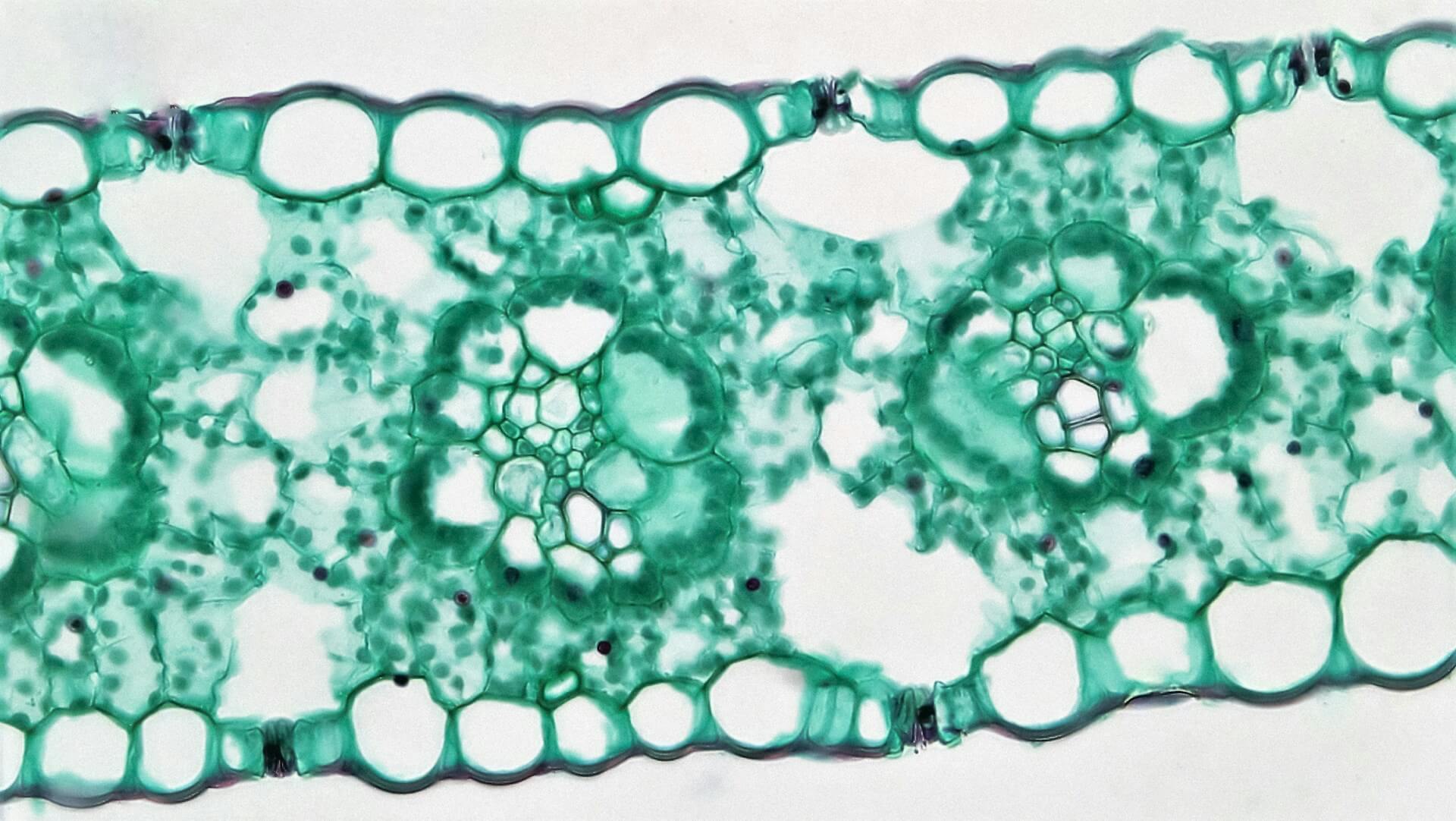10 Ways to Increase Mitochondria and Improve Your Health

In the pursuit of optimum health, we frequently ignore the small powerhouses that power every bodily function—the mitochondria. These extraordinary cellular structures may be the secret to a longer life, increased consciousness, and increased energy levels.
Mitochondria are referred to as the cellular powerhouse. They generate adenosine triphosphate (ATP), the cell's energy supply. Cellular respiration is the process by which these organelles convert nutrients into ATP. Maintaining the mitochondria is critical for both effective energy production and general cellular health.
Understanding the function of mitochondria:
The concept of mitochondria is not merely a memory from biology class in high school. The food we eat and the air we breathe are transformed by these complex organelles into ATP (adenosine triphosphate), the universal energy currency that drives all cellular processes. Their special place in our cellular design is what makes mitochondria so intriguing:
-
In contrast to our nuclear DNA, they have their DNA.
-
They produce biophotons, which are measurable light particles in addition to energy.
-
Their physical energy, cognitive function, and age all have a direct impact on their health.
-
They react exceptionally well to certain lifestyle changes.
There are hundreds to thousands of mitochondria in an ordinary human cell, with the maximum concentration up to 10,000 per cell, found in heart and brain cells. This is no accident; the most powerful energy production mechanisms are needed for our most energy-demanding organs.
Why is it important to boost mitochondria?
When the mitochondria's ATP synthesis mechanisms malfunction, especially in a pathway known as the electron transport chain, more reactive oxygen species (ROS) are produced. When ROS levels are high, these by products can be harmful to the mitochondria. The harm caused by mitochondrial dysfunction can progressively worsen and impact every basic function in our body.
This occurs naturally as people age; however, enhancing mitochondrial fitness, their ability to produce energy, and their ability to prevent or repair damage to their biochemical machinery may help a healthier aging process.

10 ways you can boost mitochondria:
Here are ways you can boost your mitochondria:
1. Calorie restriction:
Reducing your calorie intake is the most effective way to increase the longevity of mitochondria. A rise in mitochondrial bioenergetic efficiency is at least partly responsible for this achievement.
Restricting calories serves as a stress signal that causes the mitochondria to respond in several ways:
-
It controls the generation of ROS and oxidative stress and enhances the activity of the electron transport chain.
-
It helps the mitochondrial quality control systems that guard against and/or fix damage.
-
It encourages the rejuvenation of the mitochondrial network through the removal of damaged mitochondria (autophagy) and the creation of new mitochondria (biogenesis).
2. Physical activity:
It takes a lot of energy to power our muscles while we exercise. This burdens the muscle mitochondria, and they communicate that energy demand to the remainder of the cell.
In response, muscle cells produce additional mitochondria and mitochondrial enzymes. This improves the muscles' respiratory capacity, or their capability to generate ATP from food to drive muscular contraction.
It is a result of our muscle cells adapting to exercise, and it is one of the reasons that training enhances exercise performance. The age-related loss in mitochondrial activity and muscle health can be postponed with exercise, which is also one of the best ways to enhance mitochondrial biogenesis and function in aged muscle.
3. Mitochondrial nutrients:
Numerous nutrients can support mitochondria in carrying out their functions and staying fit. Substrates and co-factors that support and/or boost mitochondrial enzyme activity are provided by mitochondrial nutrition. They also improve cellular antioxidant defences, scavenge free radicals, shield mitochondria from oxidation, and preserve and repair mitochondrial membranes.
B vitamins, minerals, polyphenols, and other nutrients like L-carnitine, alpha-lipoic acid, coenzyme Q10, pyrroloquinoline quinone, and creatine are examples of mitochondrial nutrition. They can be found in natural, unprocessed foods, including fruits, vegetables, nuts, seeds, fish, and meat, or they can be taken as supplements.
4. Getting enough sleep:
The human brain uses a lot of energy and produces a lot of metabolic waste due to its high metabolic rate. The brain eliminates substances that may be harmful to mitochondria as you sleep.
One such chemical is Beta-amyloid. Beta-amyloid supports and shields neurons when it is present in normal amounts. But when beta-amyloid builds up too much, it damages neurons, especially their mitochondria, which can lead to neurodegenerative processes.
All brain functions are powered by neuronal mitochondria; therefore, preventing this build-up of toxic waste is crucial. The brain maintains healthy mitochondria when it gets enough sleep, but inadequate sleep damages them.
5. Maintain blood sugar levels:
Blood sugar fluctuations may have a detrimental effect on mitochondrial activity. Choose complex carbs that provide you with long-lasting energy instead of consuming too many processed and sugary foods. Blood sugar levels can be controlled by eating smaller, more balanced meals throughout the day.
6. Get enough sunlight:
Although prolonged unprotected sunbathing can be damaging, the proper amount of sun exposure is essential for our health. One well-known consequence of sunshine is that it causes our skin to produce vitamin D. It turns out that vitamin D is essential for mitochondrial function and that supplementing with vitamin D increases the mitochondrial oxidative capacity of muscles in people who are vitamin D deficient. Additionally, research on animals has demonstrated that vitamin D enhances the oxidative capability of mitochondria in muscles and brown fat and stimulates mitochondrial biogenesis.
7. Infrared light therapy:
Red and near-infrared light can reach the skin and affect mitochondria by stimulating a chemical known as cytochrome C oxidase. This molecule is a component of the electron transport chain in the mitochondria, which generates ATP. Energy generation and the mitochondrial electron transport chain are both made more efficient by red and near-infrared light.
In doing so, red/near-infrared light treatment also enhances ROS-mediated cellular communication and initiates cellular alterations that result in beneficial cellular reactions, such as strengthening antioxidant defences and enhancing cellular performance. Numerous advantages of red/near-infrared light treatment have been reported, such as improved muscle recovery after exercise, quicker wound healing, and an enhanced ability to reduce muscle damage.
8. Supporting NAD+:
Every single cell in the body has the vitamin B3 molecule known as NAD+ (nicotinamide adenine dinucleotide). As the primary molecule in charge of transporting the electrons that are taken from food to the electron transport chain for ATP synthesis, NAD+ plays a crucial part in mitochondrial activity. Thus, NAD+ is just as crucial for cells as ATP.
As we age, many tissues normally see a decline in NAD levels. The aging process can possibly be accelerated by this decline. However, by giving cells the nutrients they need to maximize NAD+ metabolism, we can raise NAD+ levels. In addition to supporting mitochondrial function, preventing age-related illnesses, and promoting longevity, doing so may help offset the age-related decline in NAD+.
9. Limit exposure to toxins:
Toxins, pollutants, and chemicals found in the environment can harm mitochondria and affect how cells function. Reduce your exposure to pollutants by abstaining from smoking, drinking less alcohol, and, whenever feasible, selecting minimally processed, organic foods.
10. Intermittent fasting:
Intermittent fasting has been demonstrated to enhance cellular function and support mitochondrial health by alternating between eating and fasting periods. Under the supervision of a healthcare provider, think about implementing intermittent fasting into your daily regimen.
Conclusion:
Your Mitochondria are the core of your longevity, vitality, and energy. You may improve mitochondrial health and improve your well-being by adopting regular exercise, consuming a nutrient-dense diet, emphasizing sleep and stress management, calorie restriction or intermittent fasting, and reducing pollutants. Not only are these tactics supported by science, but they are also affordable and long-lasting for the majority of people. Your cells and your body as a whole will appreciate you for starting with minor adjustments.


